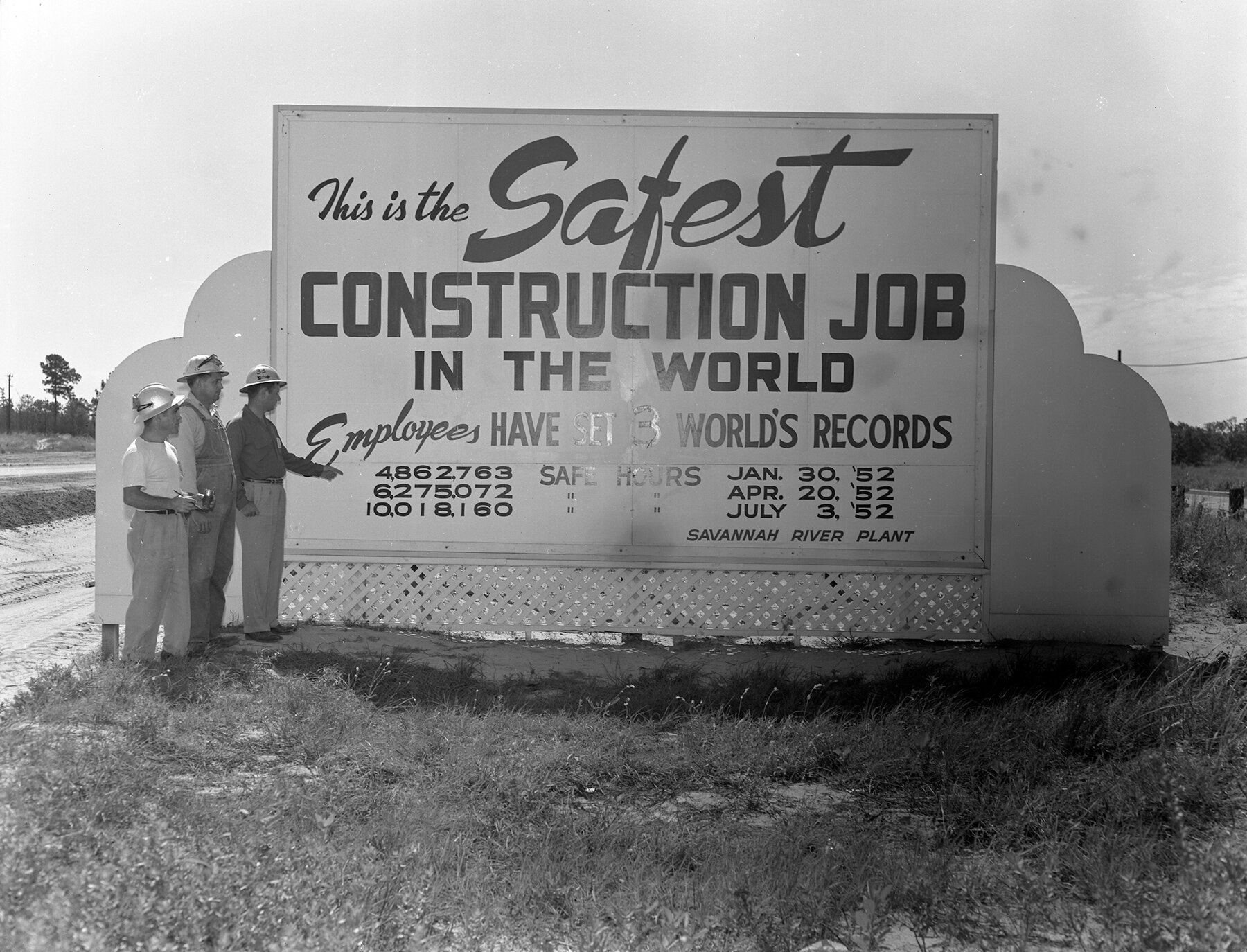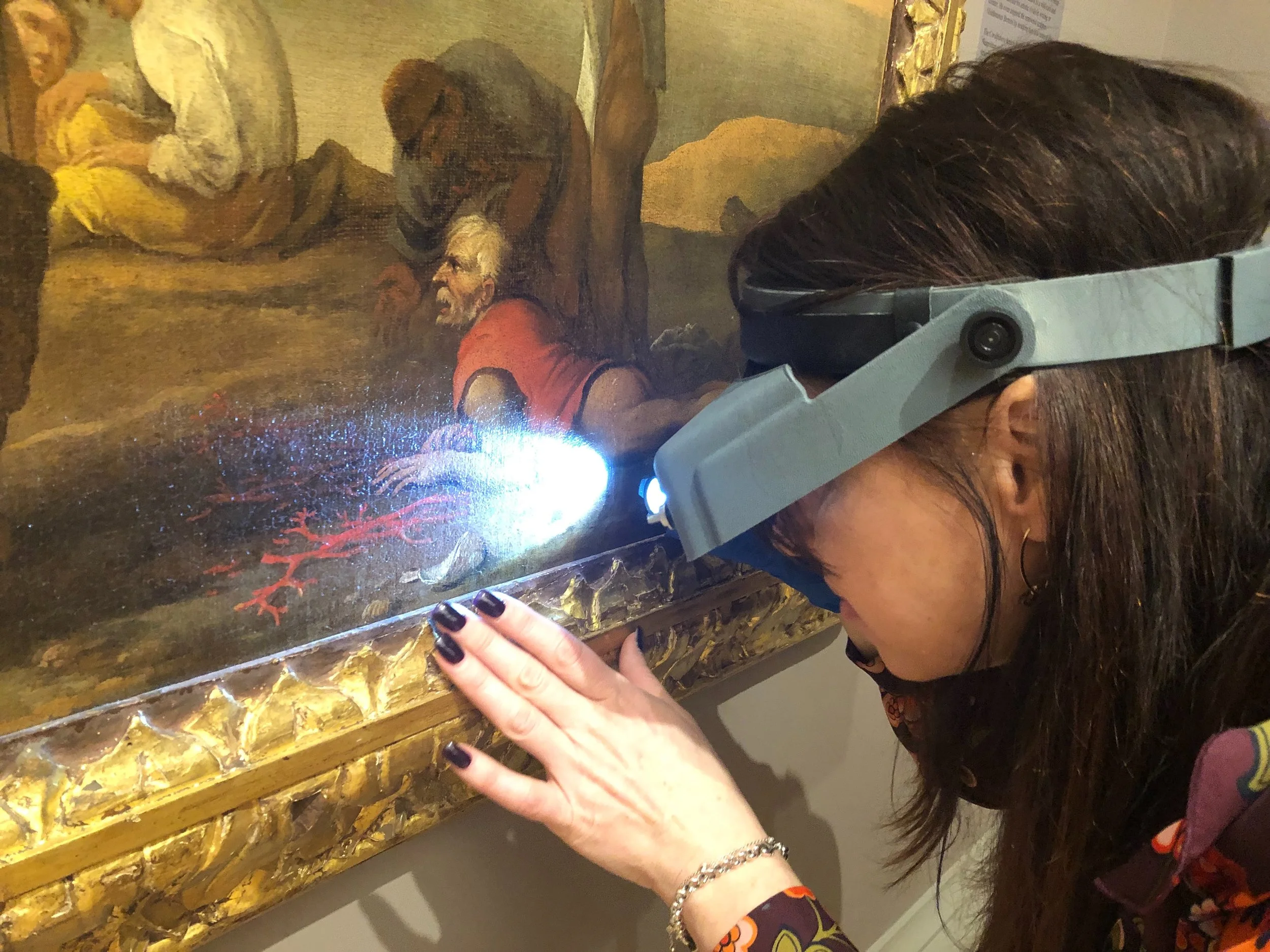Ellenton, South Carolina isn’t a town you’ve likely heard of, but despite the lack of name recognition, it played a major role in America’s history during what President Harry S. Truman feared would be the beginning of World War III. Serving as the site for the Savannah River Plant, the town would be permanently evacuated in order to produce the plutonium and tritium needed for the hydrogen bomb. The town and its fate inspired the premise of Prince of Tides by Pat Conroy and was a significant part of America’s response to the growing power of Russia during the 1950s.
Photo credit: Savannah River Site
Ellenton was obtained by the U.S. Atomic Energy Commission and E. I. du Pont de Nemours Company for the development of the Savannah River Plant, a nuclear plant that would displace 6,000 residents and relocate 6,000 graves to two new towns. The newly incorporated New Ellenton and Jackson would house the transplanted residents, as the hazardous nature of nuclear production threatened their safety and required 300 square miles of protected land. Nearly 38,000 workers moved to the surrounding towns to build and run the facility, making it the nation’s single largest building project since the construction of the Panama Canal.
The news of the Savannah River Plant was exciting to many of the politicians in South Carolina, however, was devastating to the numerous families and individuals who had lived in Ellenton their entire lives. Though the residents of Ellenton were told they had until March 1, 1952 to move, the majority of them moved quickly after the announcement that came on November 28, 1950. The residents were told that the government would buy back their homes, which included 210,000 acres of land. The government reportedly paid 19 million dollars, despite the fact that the timber alone was valued at 28 million dollars.
A sign created in December 1950 by Bonner Smith reiterated what the entire town was feeling -
“It is hard to understand why our town must be destroyed to make a bomb that will destroy someone else's town that they love as much as we love ours. But we feel that they picked not just the best spot in the US, but in the world. We love these dear hearts and gentle people who live in our home town.”
The sign was written in shoe polish that Smith bought for 15 cents at the Cubie Hill’s Home & Auto Supply and was assembled on black gum boards he acquired at the Cleat Mill. It was reported that 50 percent of the displaced Ellenton residents over the age of 50 died within 10 years of evacuation, highlighting the difficulty for many of the citizens that were vacated.
This same sign came to our studio from the Aiken County Historical Museum’s collection for cleaning, stabilization and mount creation, so that the exhibit will be maximized for visitors to enjoy. We built a custom acrylic museum vitrine that will house the sign for future display at the museum, allowing the sign to be viewed from all sides, rather than the front only. The metal frame, which was mounted to the wall, was created to support the display panel. The sign was then mounted to the wood backboard with custom-made mounts so that it appears to be floating on the painted backboard. Among other exhibits at the Aiken County Historical Museum, the Savannah River Site Room, named "I Don't Live Here Anymore"– is a legacy to those people whose homes and lives were uprooted in order to accommodate the Savannah River Plant.
In addition to Bonner Smith’s sign, we also cleaned, stabilized and mounted a trailer park sign that hung in its original location for over 70 years. Due to the prolonged exposure to the elements, the sign’s condition had substantially deteriorated. In addition to cleaning and stabilizing the signage, we created a custom mount to display the sign for museum exhibition. The mount allows the sign to be freestanding and viewed from all sides, allowing museum visitors a look into Ellenton’s past.
The signs, on loan from the Aiken County Historical Museum, are a part of the Savannah River Site Museum and Heritage Foundation’s new exhibit. The exhibit is called “6,000 Voices," and features the history of the communities that were displaced in the early 1950s due to the creation of the Savannah River Plant.
If you are a museum or institution in need of conservation services, please contact us at 803-781-1515 or info@carolinaconservation.com for more information.
Sources:
https://bit.ly/2X7iapS
https://bit.ly/2KFXAGu
https://bit.ly/2Aum8dD





















